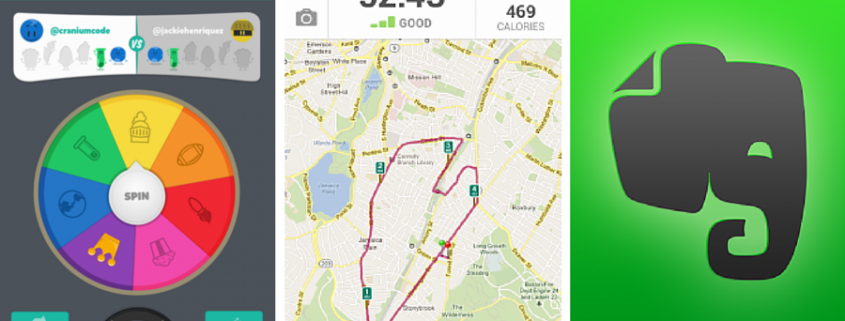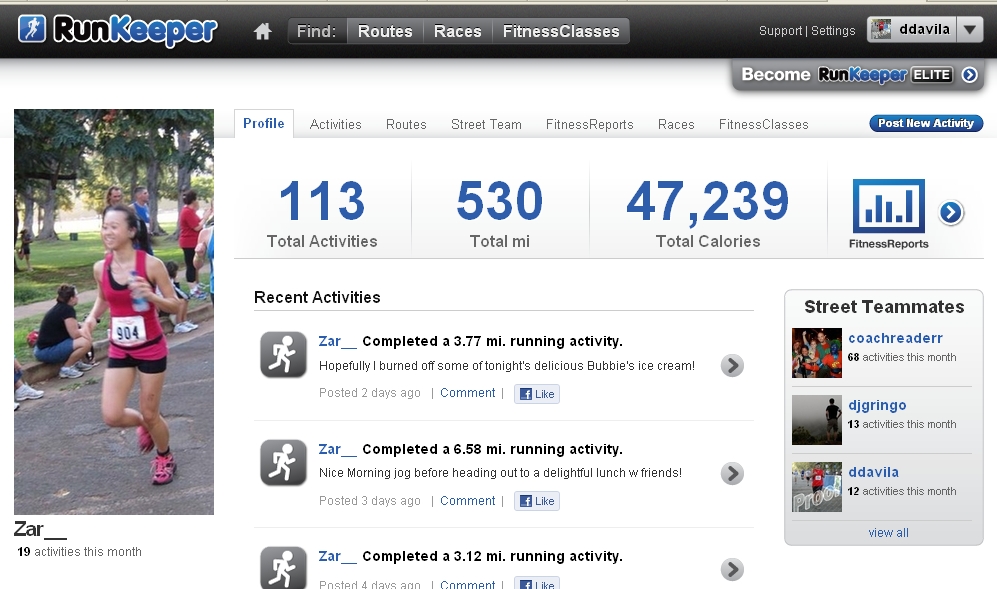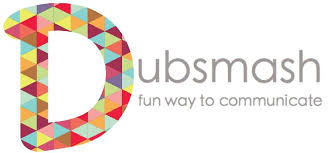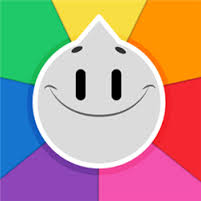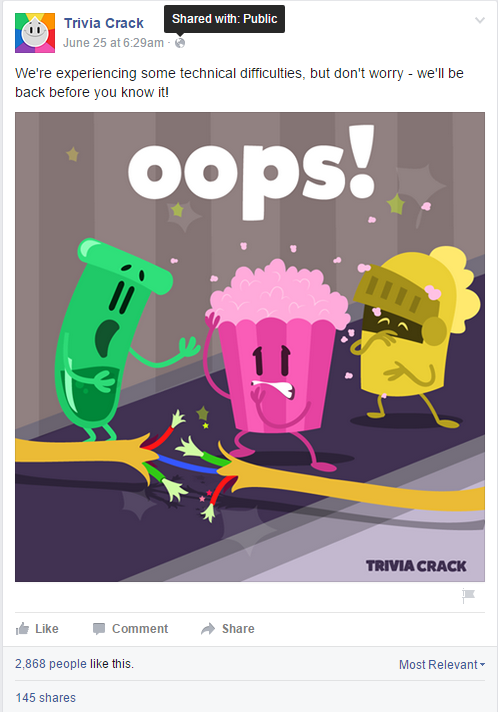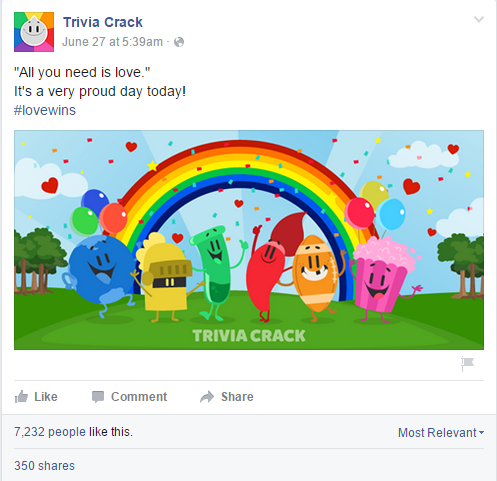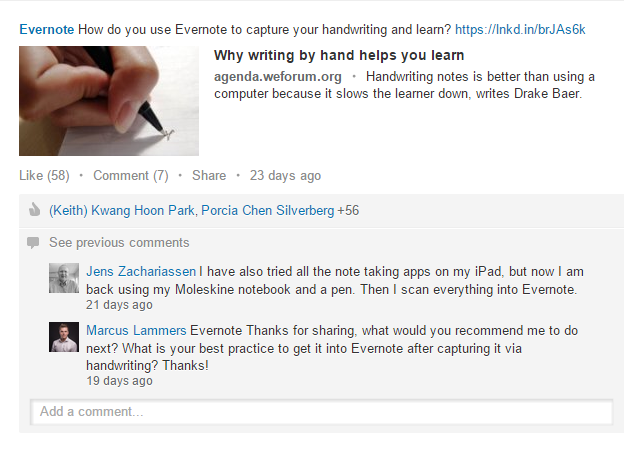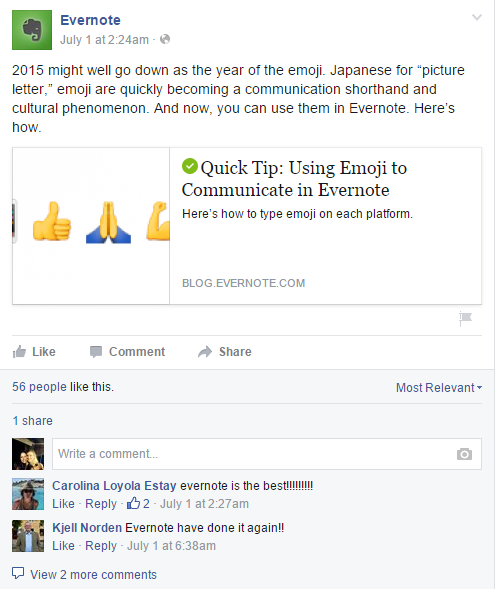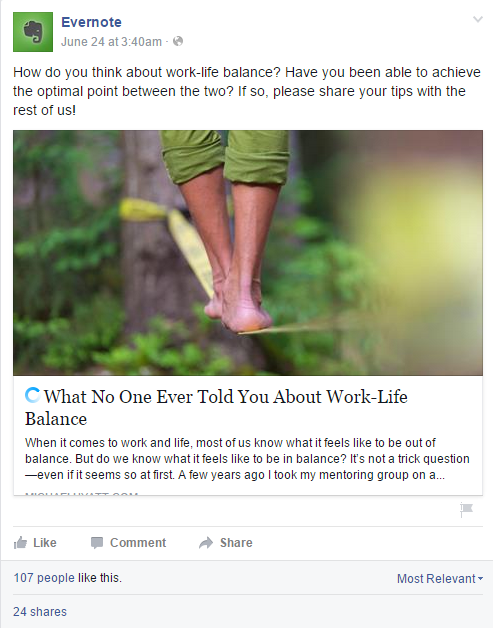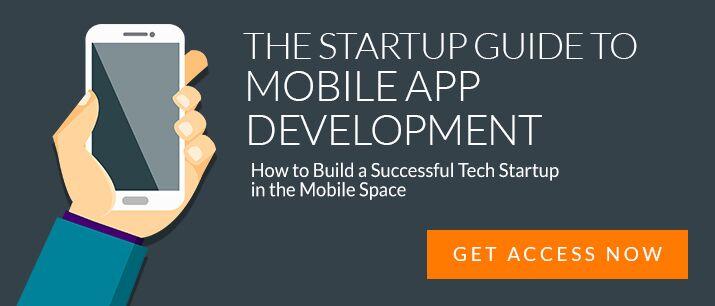4 Apps Killing It On Social Media
Social media should be a vital component of any app’s marketing strategy.
It doesn’t matter which industry your app is in or what problem it solves, because every app should be striving to increase user engagement.
And one of the best ways to engage users is through social media.
A detailed social strategy boosts both engagement and customer acquisition, because people on social media are inherently social (shocker) and enjoy sharing online.
This increases word of mouth and referral effects, which in turn generates buzz for your app.
We tend to see astounding examples of social media marketing from big brands selling physical products, with huge budgets to support their TV and print strategies.
Sadly, there isn’t a lot of inspiration out there for lean app developers.
This is surprising to me, because there are fewer barriers to using this marketing tool than any other.
It’s cheap, and has the potential for enormous reach and engagement with a targeted audience.
I’ve compiled a list of my 4 favourite apps with fantastic social media strategies, each capitalising on a different aspect of best social media apps to reach success.
1. RunKeeper – Encouraging online communities
Fitness apps are a dime a dozen, but what makes Runkeeper stand out is its ability to foster a community (or cult) of fitness addicts.
Once an app exclusively for tracking runs, Runkeeper has now opened its API to integrate with a variety of hardware, including blood pressure and heart rate monitors, Spotify music, geolocation features and an Apple watch application.
It has also amped up its website to become a social destination for all things health related.
The Runkeeper newsfeed used to be filled with status updates like “Zoe just completed a 14km run”, but is now fleshed out with valuable content like recipes and health tips.
The app cleverly uses cross-platform integration to deliver an immersive experience to its users.
Runkeeper’s unique monthly visitors to its website skyrocketed when they introduced the ability to sync your app activity with their website, and later view your data for free.
This helped Runkeeper become an online community for people to see a record of their own activity and their friends’.
Geolocation features let users search for runners in their area and keep track of who has the most monthly activity.
Even more ingenious – this social strategy fosters healthy competition between friends which results in higher app use and engagement.
Facebook integration makes it easy for existing Runkeeper users to invite their Facebook friends to use the app.
The result?
Runkeeper has transformed a lone fitness activity to become a community of highly engaged, niche enthusiasts.
Their application of social media has completely overhauled their business model.
CEO James Jacobs certainly agrees, saying in a 2012 interview that ‘a $1 billion valuation is small for what we’re working on’.
2. Dubsmash – Harnessing sharability
Dubsmash is viral content in its simplest form.
And what’s the easiest way for content to go viral? Social media.
Dubsmash was launched in November 2014 and has been downloaded over 20 million times in 192 countries, resulting in a ‘Dubsmash deluge’ on social media.
The addictive app lets users film themselves lip syncing to iconic film quotes, sound bites and song snippets from a massive database.
Dubsmash credits its rapid user adoption to celebrity use (Rihanna used it to tease her latest music video, while Hugh Jackman and Lena Dunham also produced viral hits).
What’s impressive about Dubsmash’s ownership of social media is it isn’t actually a social network, but it has features that borrow from the best social apps and make it innately shareable.
Its format is short videos (like Vine), to which you can add text (like Snapchat), and filters (like Instagram).
There isn’t a news feed for you to view all your friends’ videos, but you can save videos to your camera roll and share via chat apps and social networks.
It seems to work particularly well on Instagram because this platform only supports 10 second videos, and most dub smashes fit in this time frame. Over 400 000 videos have been uploaded with the hashtag #DUBSMASH.
The virality of Dubsmash can be attributed to the 4 major components of shareable content:
- Funny
- Short enough to capture limited online attention spans
- Emotional
- Personal
There are even websites dedicated to the funniest Dubsmash compilations, as well as spin-off apps which are seeing a lot of success.
With Dubsmash’s success I’m predicting future updates which make it more of a social network soon, just like Runkeeper did.
3. Trivia Crack – Visual posts and fan interaction
Trivia Crack’s social posts are so beautiful, simple and cheeky I could scroll through them all day.
As a trivia app, they need to demonstrate that they’re on the cutting edge of current affairs (as well as random facts that are of interest to trivia fans), while still being attractive to young users.
Their social pages promotes this brand ideal by posting consistently on current events and holidays, while also promoting latest in-app purchases and competitions.
They have a dedicated social support team who responds to customer complaints and questions before they lead to a negative app rating.
This is probably why Trivia Crack has an enormously positive app store presence and is currently rated number 1 in the app store for 10 countries.
Related content: How to rank #1 on the app store.
Engaging social media followers with open-ended questions creates a relationship of trust and transparency between the brand and the user.
Trivia Crack isn’t just pumping out automated and self-promoting posts – they’re talking to users naturally.
Every interaction builds positive brand associations and a loyal customer base.
Equally as important to Trivia Crack’s social success is their consistently visual content.
According to MDG Advertising, posts with visual content receive 94 percent more page visits and engagement than those without.
Trivia Crack’s images are always well-designed, fun and consistent – This helps them receive an insane amount of shares.
4. Evernote – social media for content distribution
Evernote is a productivity app that users quickly become addicted to.
Once you start using Evernote, there is no going back.
The app gives users a place to store all their notes, thoughts, to-do lists, photos, ideas and more. It’s also available as a mobile and web app so users have access to their notes on all devices.
Given that Evernote is marketed towards professionals, its use of social media is mainly as a promotional platform for their high-value content.
Evernote’s blog covers a range of topics, from how to use different features in Evernote, to how you can increase your daily productivity, to case studies and interviews with high-profile users.
They also use Facebook to upload short videos.
Video performs extremely well on Facebook – it seems to rank higher in newsfeeds than any other content.
Need more incentive?
With the recent introduction of auto-play, video engagement rates have skyrocketed.
Check out the 1st episode of Evernote’s collaboration with the Mythbusters duo:
Their Facebook page receives a lot of traffic from these videos.
Evernote successfully uses social media’s broad reach to promote their content, generating buzz and increasing visibility.
Previously, on social media…
Here’s a recap of what these top social apps are doing right, and how you can apply them to your own app’s social media strategy:
- Ask users for their opinions – This will give you great user feedback and insights into future updates
- Integrate social into your app – make sharing a vital part of your app experience
- Interact with fans online – Give them shout outs, draw attention to them, and make them feel special
- Run exclusive promotions on social media – A study found that 40% of people who follow brands on social media do it to receive exclusive offers and discounts
- Keep a personal and fun tone – Strike a tone that suits your brand and your audience, but don’t take yourself too seriously
- Use visual content and rich media – These types of posts have much higher conversion rates
- Distribute high value content – Follow the 80/20 rule: 20% of your posts should be self-promotional and 80% should be devoted to sharing other people’s content, fan interaction and asking questions.
Latest posts by Leah Godden (see all)
- 5 Concrete Ways To Slash Your Mobile App Marketing Costs by 100% - March 24, 2016
- Content Marketing Strategy For Apps: A Quick And Dirty Guide - December 17, 2015
- 6 Proven Ways To Make Your Push Notifications Irresistible To Open - September 10, 2015

